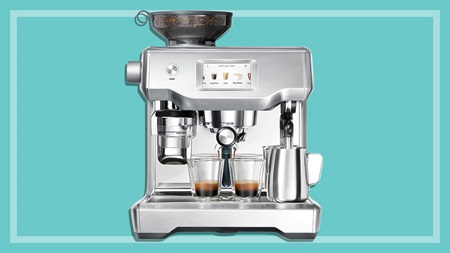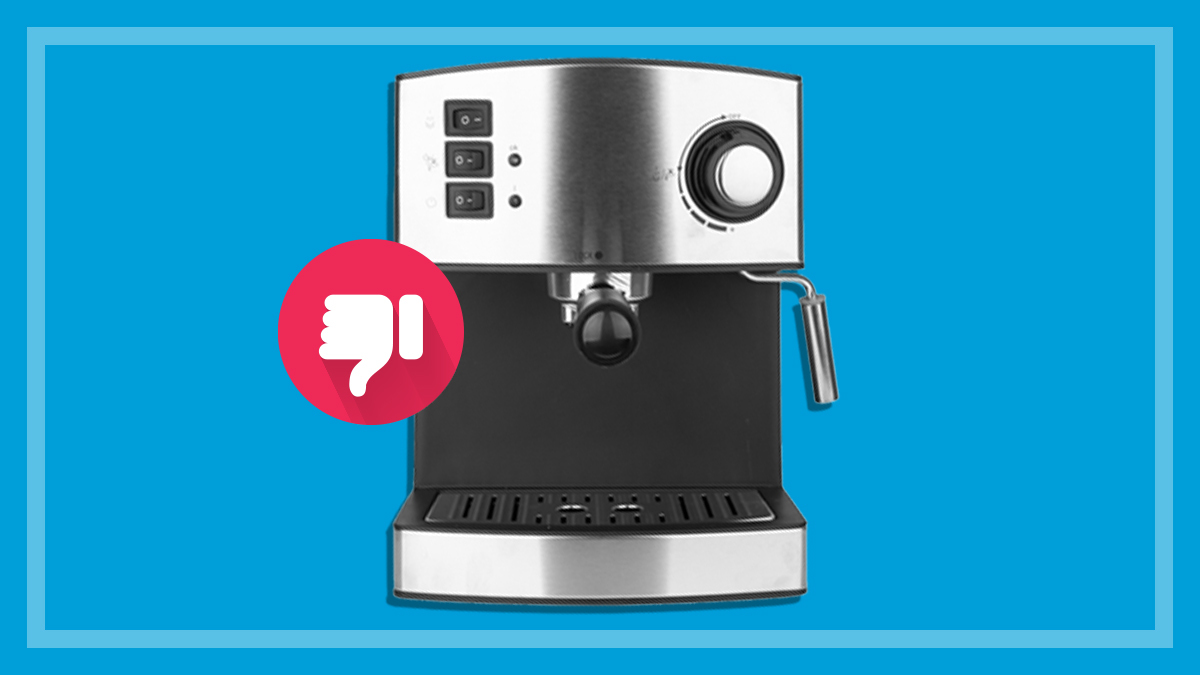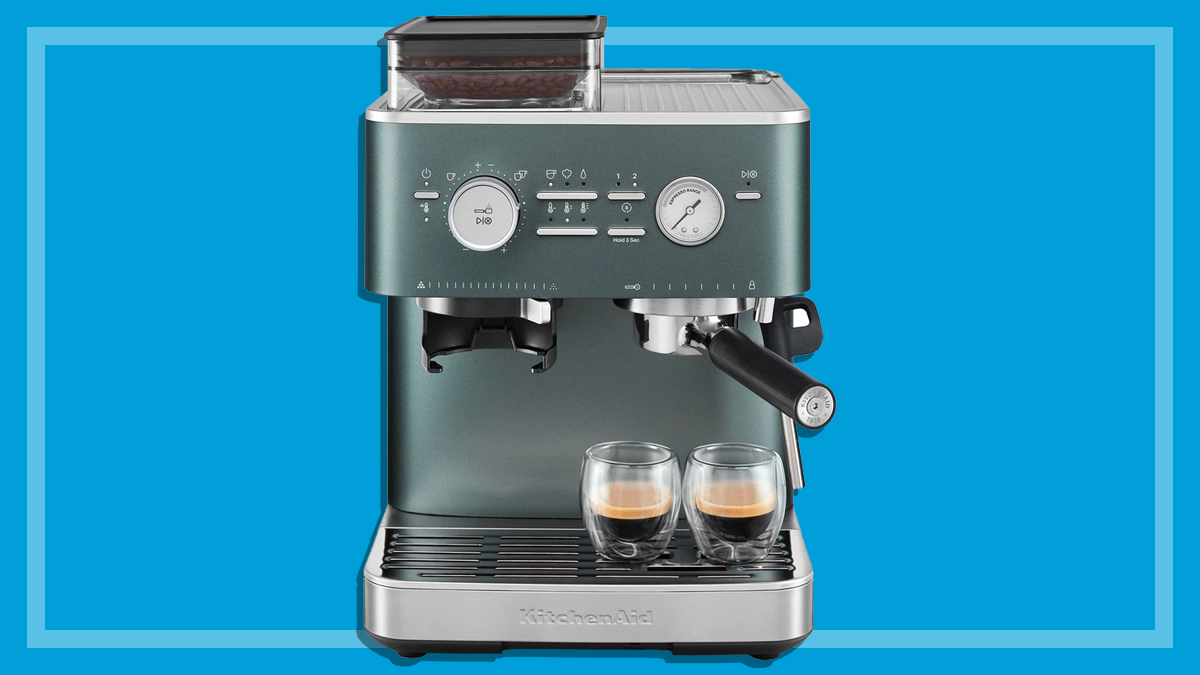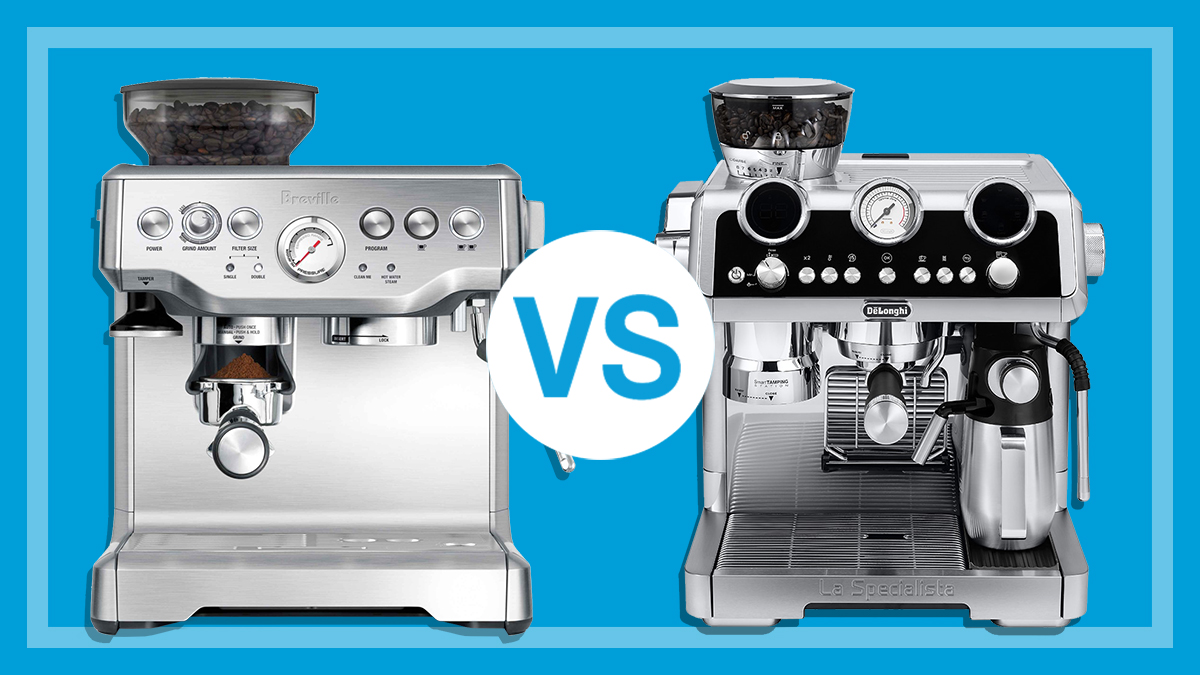Get our independent lab tests, expert reviews and honest advice.
5 things our coffee machine expert would never do

CHOICE coffee machine expert Adrian Lini tests coffee machines year-round in our labs, so he knows a thing or two about what makes them tick and how to get the best coffee brew from a machine.
He’s also across what not to do – they’re two sides of the same coin.
Here, he shares his top no-nos and no-gos to help you avoid the pitfalls that can leave you with bad coffee.
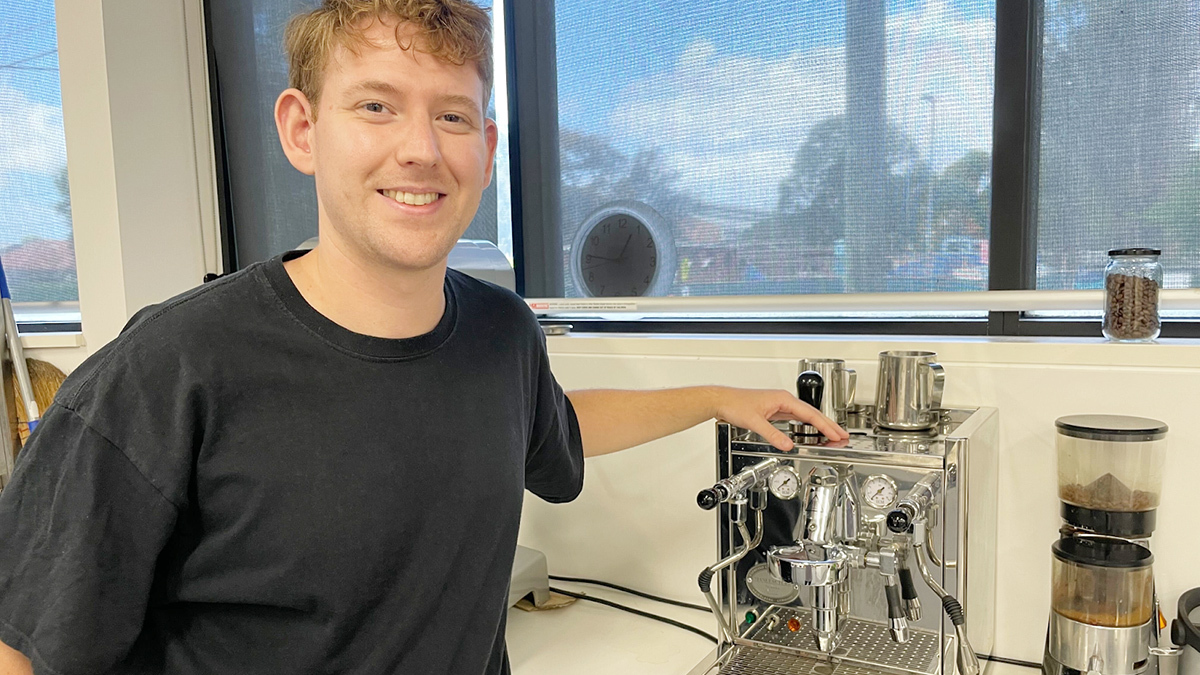
1. He’d never use a blade grinder
Getting the perfect grind is one of the most important steps to making a good coffee.
It’s a bit of a Goldilocks situation – if the beans are ground too coarse, you’ll end up with watery coffee; if the grind is too fine you could end up with a burnt, bitter coffee.
To get a grind that’s just right, the first step is getting your hands on a decent grinder. (And no, you don’t need to spend a fortune. More on that later.)
Getting the perfect grind is one of the most important steps to making a good coffee
There are two types of coffee grinders in the world: blade grinders and burr grinders.
Blade grinders are essentially what you’d use to grind spices. While they’re cheap, they don’t grind the coffee evenly, which will leave you with a dud coffee – and possibly even damage your espresso machine.
They will do the job for French press coffee, however, so if that’s your preferred coffee-making method then a blade grinder may be right for you.
Burr grinders are more expensive but are worth their weight in gold. Instead of chopping, they crush the coffee beans and only release the ground coffee when it’s the right consistency for the setting you’ve selected.
This ensures that the coffee grinds are a consistent size, which will give you a far better coffee. (You’ll likely need to play around with the settings to find the perfect grind for your machine.)
Burr grinders can be either conical (cone-shaped) or flat. Both designs can produce great coffee.
While some burr grinders cost many hundreds of dollars (the most expensive we’ve tested costs more than $1000), you don’t need to spend a fortune to get the best grind. Our experts recommend a number of models that cost less than $300.
Some models scored well but not quite well enough to be recommended, just missing the 90% CHOICE Recommended threshold by a couple of percentage points, but they’re still worth considering – and many of them are reasonably priced.
You can filter by price, brand, score and grinder type in our expert coffee grinder reviews to help you find the perfect model for your needs and budget.
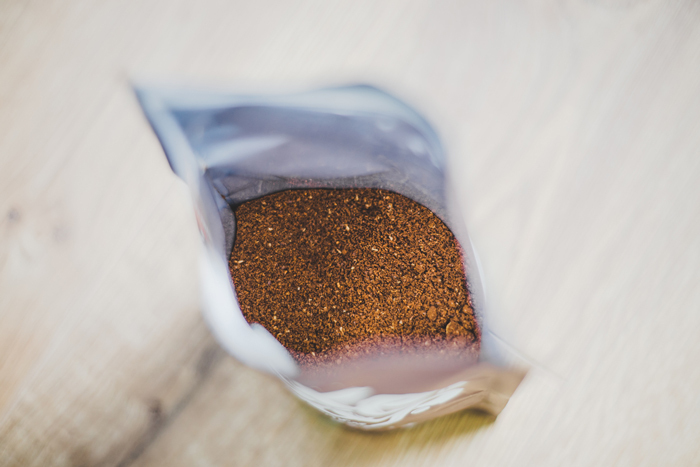
2. He’d never buy pre-ground coffee
Ever noticed how baristas often only grind enough beans for a cup at a time? There’s a good reason why.
As soon as coffee beans are ground, they start to deteriorate, affecting the flavour and aroma. So if you buy pre-ground coffee – no matter how good the beans were before grinding – it’ll never be at its best, especially if it’s been sitting in a pack oxidising for who knows how long before you buy it.
Your best bet is to invest in a decent grinder and buy whole beans so you can grind them freshly for each cup, which will give you a much tastier, full-bodied espresso.
As soon as coffee beans are ground, they start to deteriorate, affecting the flavour and aroma
But if you really prefer the convenience of pre-ground beans, there are some ways to make sure you’re getting the best.
“To ensure you get the freshest ground coffee possible, try to buy from a roaster or café and ask them to grind the beans for you,” says Adrian. “They’ll be able to adjust the grind so it’s right for your needs.
“And rather than buying a large bag of ground coffee that will take you ages to get through, try to buy smaller bags more frequently.”
While we’re on the subject of beans, here’s another tip from Adrian: “Buying good coffee beans is one of the most important steps in making good coffee,” he says.
“If you buy terrible beans, even the fanciest machine and the best barista skills won’t save you from a terrible coffee.”
If you buy terrible beans, even the fanciest machine and the best barista skills won’t save you from a terrible coffee
Adrian Lini, CHOICE coffee machine expert
You don’t need to spend a fortune, but try to buy the freshest beans you can. Check the pack to see if there’s a roasting date on there, and try to buy the ones that have been most recently roasted. (This is especially important when buying beans from the supermarket as they may have been sitting on the shelf for a while.)
Your efforts will be rewarded in the form of top-notch coffees.
3. He doesn’t expect café-quality coffee from a pod machine
Nothing beats pod machines for convenience and purchase price – they’re simple to use, don’t make much mess, and you can pick up a cheap one for under 100 bucks.
But they just can’t hold a candle to manual and semi-automatic machines in terms of taste.
“Pods and capsules contain pre-ground coffee. Although they’re sealed, it’ll never be as fresh as grinding your coffee at home, so you’ll lose a lot of the flavour and texture,” says Adrian.
“Based on that alone you’re unlikely to get the best tasting coffee from a pod machine.”
Pod machines certainly have their place, but if you want a true espresso-based coffee, a pod machine isn’t going to deliver it
Adrian Lini, CHOICE coffee machine expert
On a manual or semi-automatic machine, you can change the grind, tamp* and extraction time** to make your coffee exactly the way you like it. Think of it like tuning a car to make it run at its best.
Pod machines don’t allow you to tweak other steps of the coffee-making process, so if you’re not happy with the flavour of your pod machine coffee, there’s not much you can do, besides buying different types of pods that will also be filled with pre-ground coffee.
We compared pod and manual machines to see which delivered the best tasting coffee, and manual machines unequivocally came out in front.
“Pod machines certainly have their place, but if you want a true espresso-based coffee, a pod machine isn’t going to deliver it,” Adrian says.
*Tamp: how tightly the coffee is packed into the portafilter when you push it down with a tamper. **Extraction time: The length of time the hot water flows through the ground coffee.
4. He wouldn’t expect top-notch coffee right away from a new machine
Moving to a new coffee machine can be pretty daunting: there are different settings to learn, new methods to conquer and buttons and levers to figure out.
Will the coffee ever measure up to what you’re used to drinking? What if you spend hundreds and end up with terrible coffee? What if you never master it?
It’s no wonder people tend to stick to their existing machine: they know exactly how everything works and what to expect from every cup.
If you’re thinking of upping your coffee game, it’s best to learn to walk before you run. It takes time to learn the ins and outs of a new machine, so it makes sense that it’ll take time to perfect your technique. Like anything in life, breaking in a new coffee machine takes effort and a lot of trial and error.
It takes time to learn the ins and outs of a new machine, so it’ll take time to perfect your technique
“If you’re stepping up from a pod machine to a more complex machine, maybe don’t go straight to the most complicated one on the market,” Adrian advises.
“You don’t want to end up disheartened because it’s more tricky than you’d anticipated.
“Semi-automatic machines take care of some of the coffee-making steps, which can make things easier so you feel more confident faster.”
That said, if you’re keen to go full coffee nerd, you can take classes, read up online and watch some videos to give you tips on how to master these new skills. If you’re buying one of the more expensive fully-automatic machines, some manufacturers even offer personalised learning sessions.
Wondering if it’s time to make the switch? We answer the question: Should I upgrade from a pod to a manual espresso coffee machine?
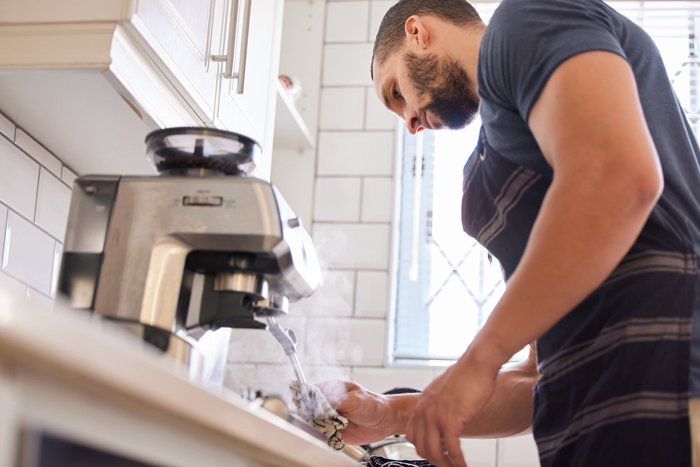
5. He never skips cleaning his machine
If you’re in a rush and keen to get your coffee down the hatch pronto, you might be tempted to leave the clean-up for later. But spending an extra few moments to tidy up will be well worth the effort – and can even save you extra cleaning time in the future.
There are three main things you should do each time you use your machine:
Steam wand
Cleaning the steam wand while the milk is fresh is much easier than leaving it until later when it’s dried on. And it’s especially important to run some steam through it to get rid of any lingering milk – you don’t want rotten, old milk flavour in your next coffee!
Group head
Even after you remove the portafilter, there’ll still be some coffee left in the group head (the metal part that delivers hot water to the portafilter’s basket). If it stays there, it’ll affect the flavour of your next coffee. Once you’ve emptied the portafilter, run some water through the machine to get rid of it.
Drip tray
The combination of water and coffee grounds that accumulates in the drip tray is the perfect food for mould (and sometimes even cockroaches – yuck!). To keep things fresh, empty out the drip tray once you’re finished to get rid of it. Better still, rinse it with hot water to make extra sure there’s nothing left for mould to feed on.
We break down each step here: How to clean your coffee machine.

